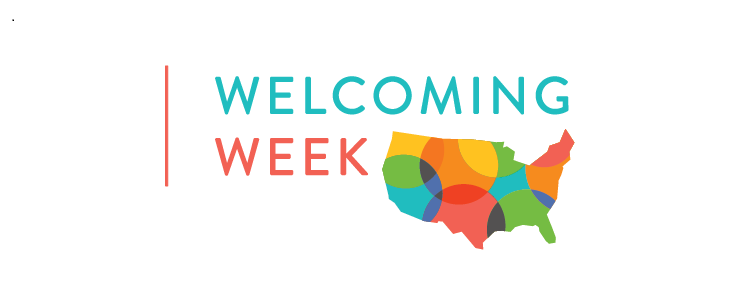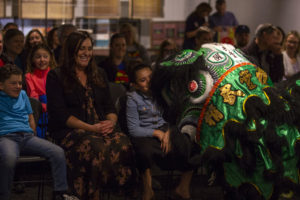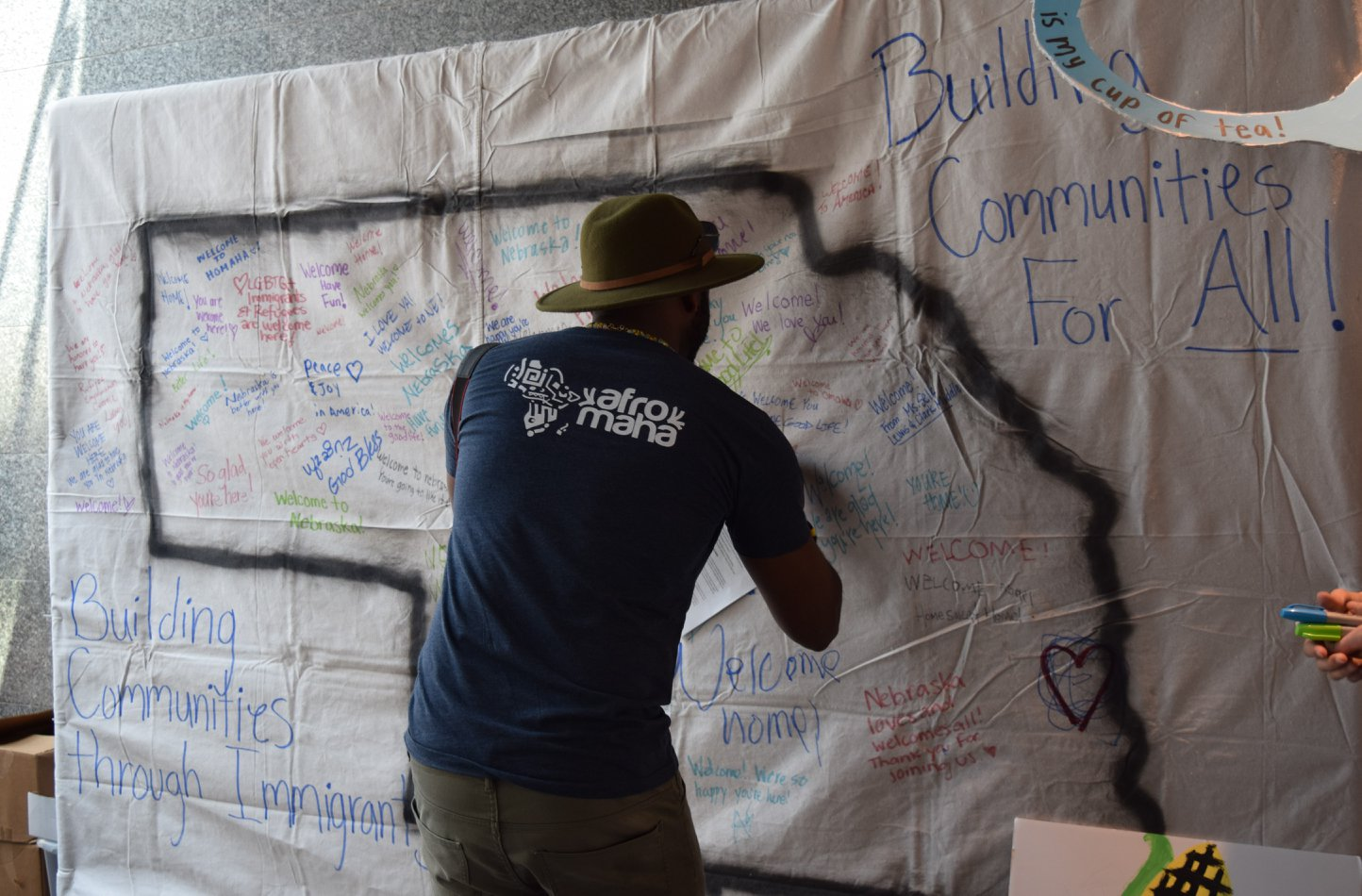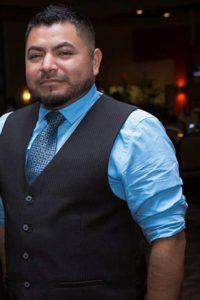A quarterly newsletter celebrating Welcoming and Inclusive communities across the state of Nebraska
 My name is Khenda Mustafa, Welcoming Coordinator with Nebraska Is Home. Even as the Coronavirus pandemic brings uncertainty for us all, we can come together to support one another in continuing to build a welcoming and inclusive culture across our state.
My name is Khenda Mustafa, Welcoming Coordinator with Nebraska Is Home. Even as the Coronavirus pandemic brings uncertainty for us all, we can come together to support one another in continuing to build a welcoming and inclusive culture across our state.
This is the first issue of a quarterly newsletter called Tea Time with Khenda, where we will share resources, stories, and events to celebrate and build welcoming communities together.
Why Tea Time?
Growing up, I was taught the importance – and joy – of welcoming others and making them feel comfortable, safe, and valued. With hospitality playing a major role in Kurdish culture, our family entertained guests quite a lot. I remember being younger and helping my mother brew a large pot of ceylon tea whenever we had company over. When the tea was ready, I would pour the piping hot liquid into glass cups and serve it along with sugar in its various forms — sometimes dates, sugar cubes, and even toffee. As the conversations flowed, so did the tea.
It seems that all around the world, people have great conversations over hot beverages, and it is in this spirit of hospitality and communion that Nebraska is Home brings you Tea Time
Grab a Cup of Your Favorite Brew and Have a Seat…
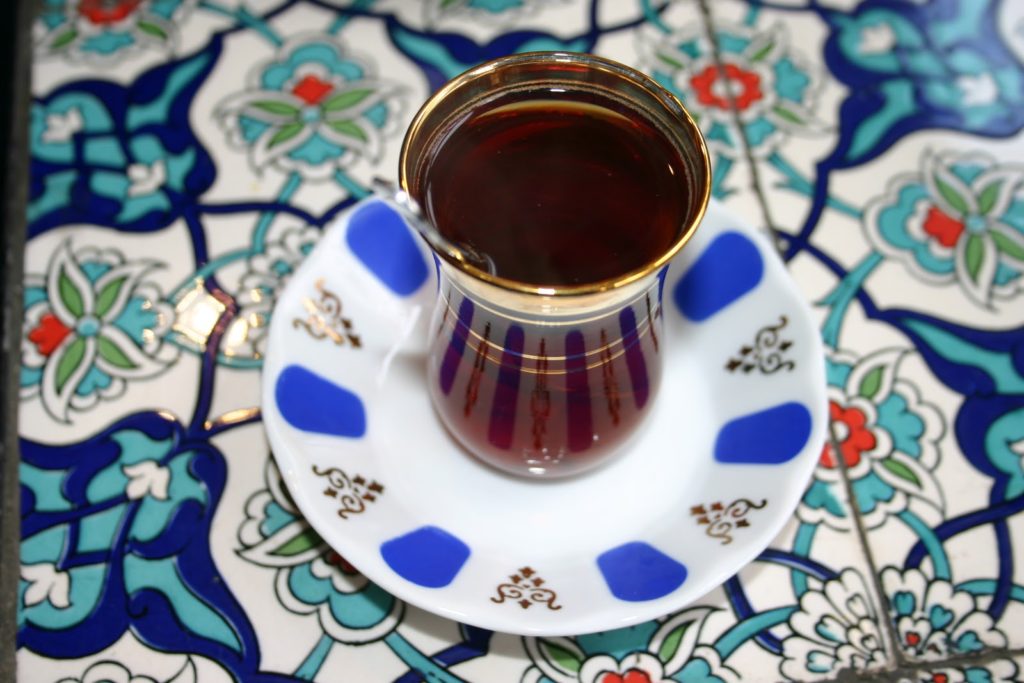
We’re All In This Together… Separately
As we adapt to the new environment brought about by this pandemic, here are some questions that we can be asking ourselves in the process:
- How are we including the whole community in our efforts today?
- In what ways are we thinking about coming together as a community after collectively getting through this?
We might not have the answers right away, but we should keep asking ourselves these questions and discussing together what kind of community we want to be, coming out of this.
Resources
Now more than ever, it is important to remember to take care of ourselves. Have a look at these tools for self-care and community wellbeing:
- Tired of only bad news? Check out this heartwarming news story from right here in the state
- #StayAtHome. This is the single most effective thing we can do to stop the spread of Coronavirus. Here are activities for health, wellness, and connectedness that you can do to care for yourself and others from home
- How is your breathing? Here is a helpful short talk and guided meditation for coping with fear in times of pandemic
- What’s going on in your town? This is a Restaurant guide for delivery, curbside, and drive-through services in Lincoln. Send us other local business guides from your community!
- You can find more useful tools for communities and inspiring stories of neighbors coming together to help each other – while staying apart – on Welcoming America
- Check out Nebraska Appleseed’s blog for policy updates and actions you can take to promote inclusive solutions for the health and wellbeing of all community members
Upcoming (Virtual) Events
This year’s Statewide Welcoming Convening is going online! Over the next few months, we’ll be exploring new ways to hold local community conversations, particularly around race equity using the video series Cracking The Codes. – Stay tuned, we’ll be reaching out soon.
Have an event? Send us information on your virtual events and we’ll share them! We’ll be glad to share your in-person events too, once we are able to get together again, so keep us informed!
What Can I Do?
- Find local COVID-19 response efforts and get involved. For example:
- Support the work of schools, faith groups, and local organizations
- Check in on friends and neighbors – see ideas here!
- Complete and share the Census – Every individual in our community counts! All you need is your address to help ensure Nebraska receives accurate representation and resources for our growing communities! Complete the Census TODAY and encourage your friends, family, and neighbors to complete theirs too! You can complete the Census:
Send us your stories and events to share in a future issue of Tea Time!
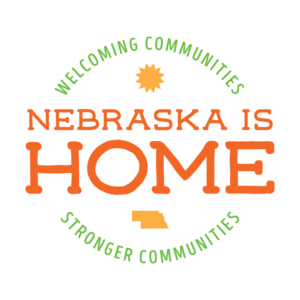 Lincoln, NE — On Monday, June 15, 2020, the Lincoln City Council unanimously enacted a city hate-crime ordinance, Ordinance 20-71, which creates a separate offense when a crime is committed with the intent to intimidate another person due in part or in whole to that person’s actual or perceived race, color, religion, physical or mental disability, national origin, age, ancestry, gender, sexual orientation, gender identity, or gender expression. Omaha passed a similar ordinance last week.
Lincoln, NE — On Monday, June 15, 2020, the Lincoln City Council unanimously enacted a city hate-crime ordinance, Ordinance 20-71, which creates a separate offense when a crime is committed with the intent to intimidate another person due in part or in whole to that person’s actual or perceived race, color, religion, physical or mental disability, national origin, age, ancestry, gender, sexual orientation, gender identity, or gender expression. Omaha passed a similar ordinance last week.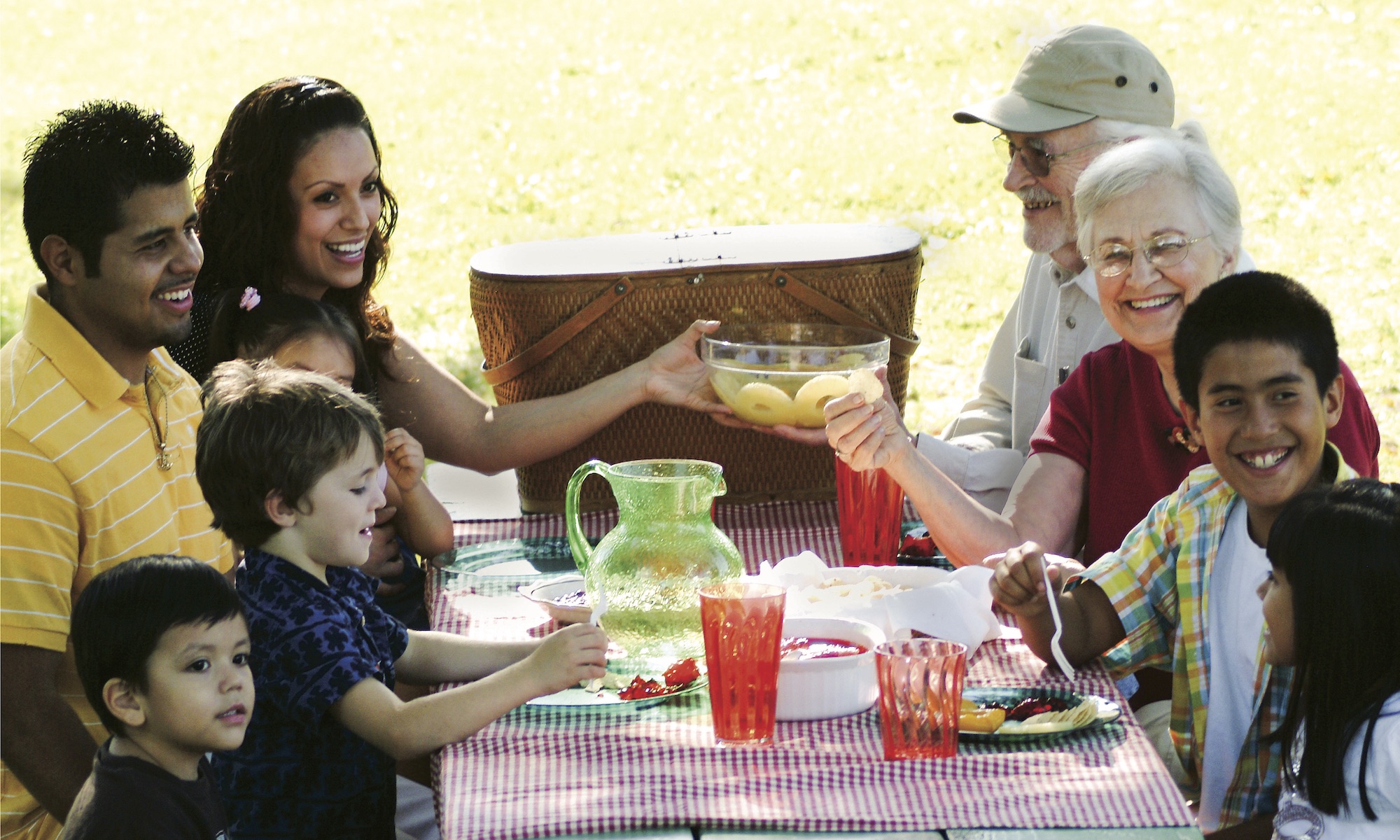
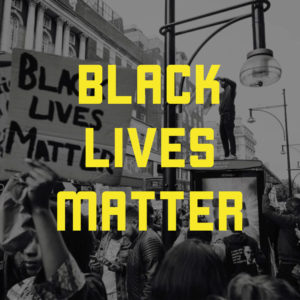 This is a momentous time in our country’s history and a powerful time for us to take a stand with our neighbors. As a community or as a society, we cannot be whole when Black Americans are repeatedly targeted because of the color of their skin.
This is a momentous time in our country’s history and a powerful time for us to take a stand with our neighbors. As a community or as a society, we cannot be whole when Black Americans are repeatedly targeted because of the color of their skin. My name is Khenda Mustafa, Welcoming Coordinator with Nebraska Is Home. Even as the Coronavirus pandemic brings uncertainty for us all, we can come together to support one another in continuing to build a welcoming and inclusive culture across our state.
My name is Khenda Mustafa, Welcoming Coordinator with Nebraska Is Home. Even as the Coronavirus pandemic brings uncertainty for us all, we can come together to support one another in continuing to build a welcoming and inclusive culture across our state.
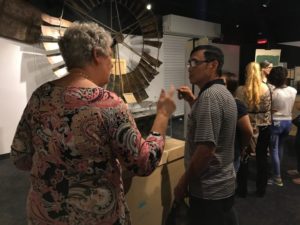 As a part of Welcoming Week 2018, History Nebraska hosted a dynamic evening at the Nebraska History Museum for twenty-five students currently enrolled in citizenship preparation classes at the Asian Community and Cultural Center and El Centro de las Américas. The twelve-week program provided by the two community centers is funded by the office of U.S. Citizenship and Immigration Services (USCIS). In partnership with the Center for Legal Immigration Assistance, this collaborative initiative provides legal permanent residents (LPRs) with citizenship instruction and naturalization application services.
As a part of Welcoming Week 2018, History Nebraska hosted a dynamic evening at the Nebraska History Museum for twenty-five students currently enrolled in citizenship preparation classes at the Asian Community and Cultural Center and El Centro de las Américas. The twelve-week program provided by the two community centers is funded by the office of U.S. Citizenship and Immigration Services (USCIS). In partnership with the Center for Legal Immigration Assistance, this collaborative initiative provides legal permanent residents (LPRs) with citizenship instruction and naturalization application services. 